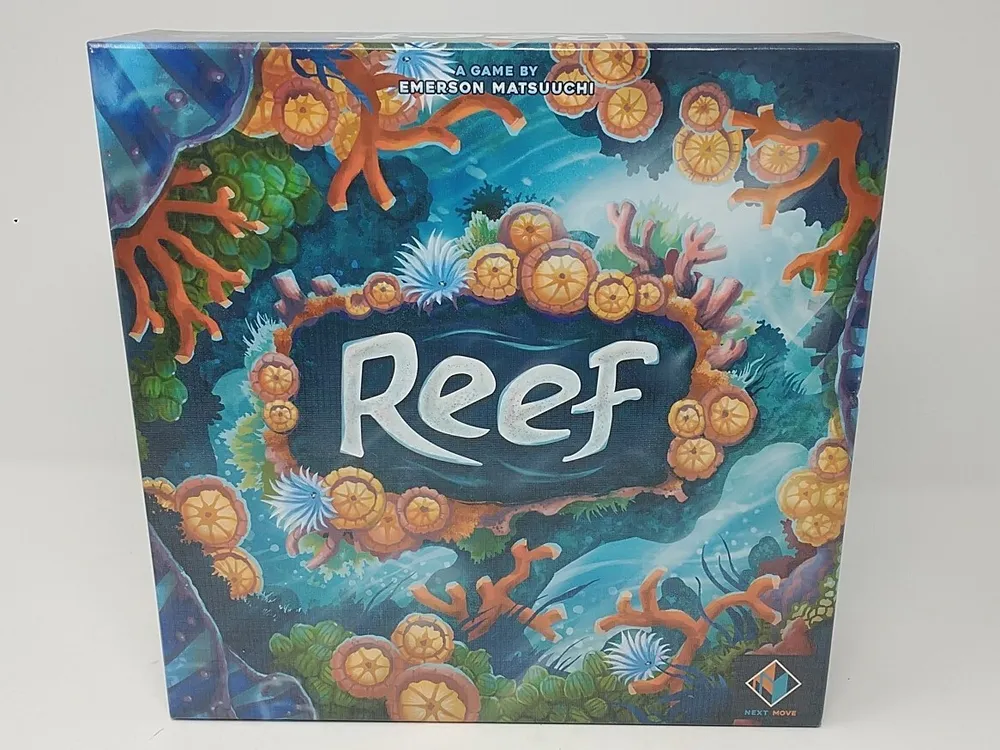Reef Encounter (2004)
Reef Encounter
“Reef Encounter” is a board game first published in 2004, designed by Richard Breese and published by Z-Man Games. The game is set in a coral reef environment, where players grow different types of corals and protect them from being attacked by other players.
Why is Reef Encounter Popular?
Reef Encounter is a popular and significant game for several reasons:
– German-style board game: It follows the tradition of German board games, which are known for their strategic gameplay and high-quality components.
– Coral reef theme: The game’s theme is unique and interesting, allowing players to immerse themselves in an underwater world and learn about coral reefs while enjoying the game.
– Strategic gameplay: Players must balance growing corals, protecting them from other players, and feeding their parrotfish, making for a challenging and engaging experience.
– Replayability: The game has a low chance factor and can be played multiple times with different player counts, ensuring its longevity and replayability.
Game Components of Reef Encounter
How To Setup Reef Encounter
To set up the game, each player selects two larva cubes of their choice and places one of their polyp tiles secretly into their parrotfish. The game boards are arranged according to the number of players, with each space on the open-sea board receiving a cube of a corresponding color and one to three random polyp tiles. Players then place their shrimp counters and prepare for their first turn.
Gameplay Mechanics and Game Objective
Player Experience
Reef Encounter is praised for its deep strategic gameplay and tactical placement. The game has a steep learning curve, but once mastered, it offers a highly rewarding experience. It is often compared to other complex games like Tigris and Euphrates but is noted for being somewhat gentler and more thematic, making it easier to find opponents.
Pros
Cons
Personal Thoughts on Reef Encounter
Reef Encounter is a masterpiece for fans of complex, strategic board games. It is ideal for players who enjoy tactical placement and are willing to invest time in learning the game. The game’s theme, while educational, also makes it more accessible to a broader audience. However, it may not be the best choice for casual gamers or those new to board games due to its complexity and steep learning curve.
We are supported by our audience. When you purchase through links on our site, we may earn an affiliate commission, at no extra cost for you. Learn more.

